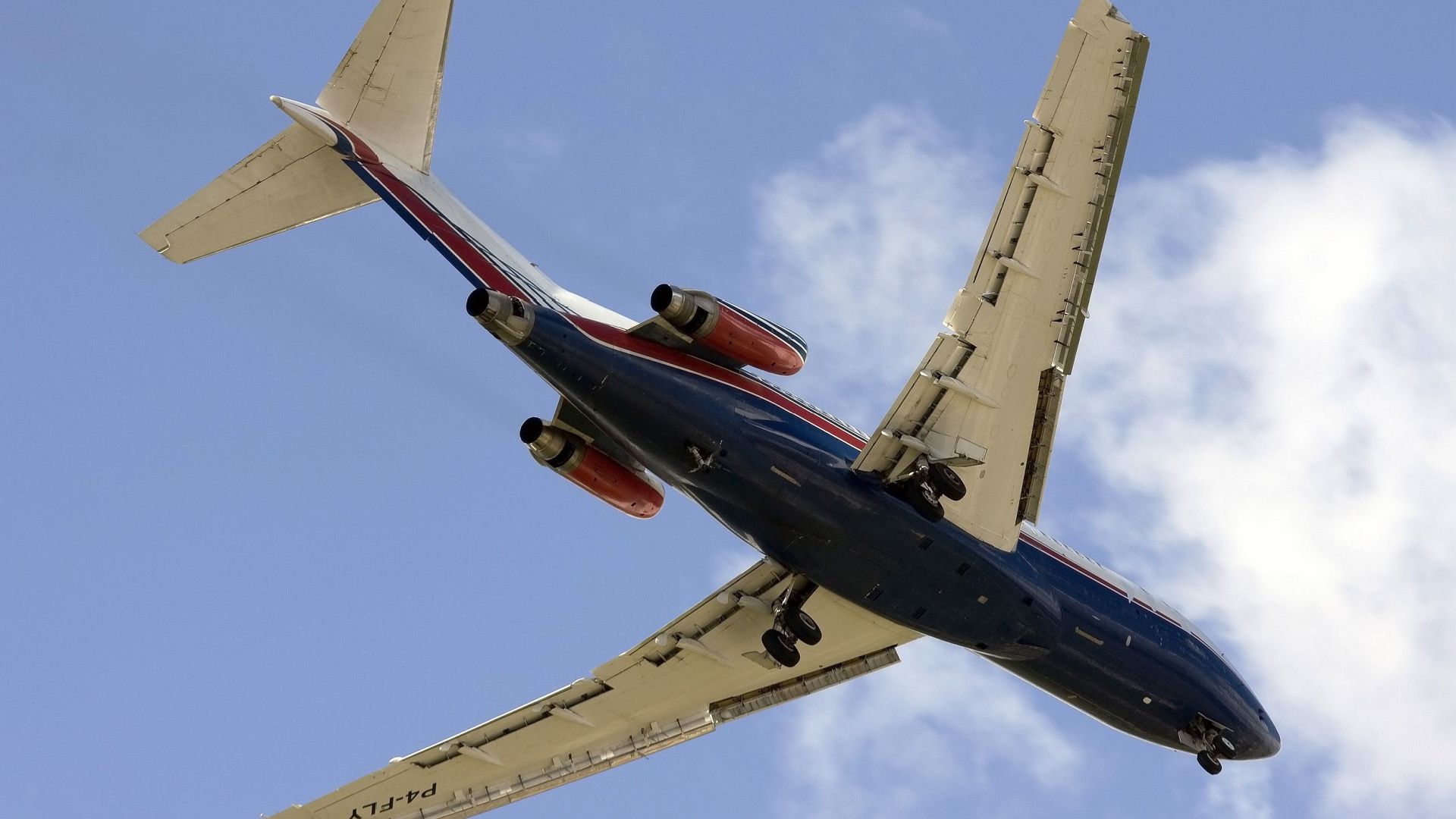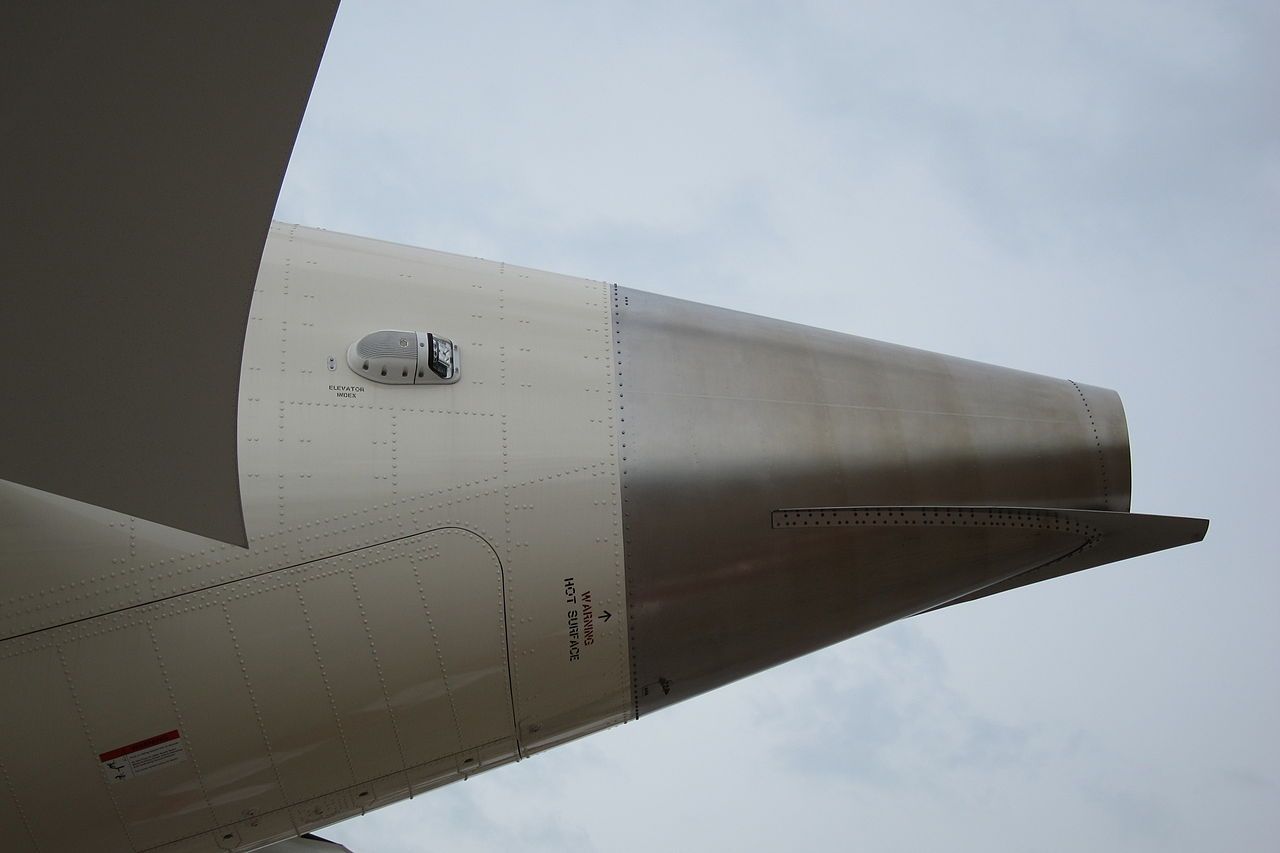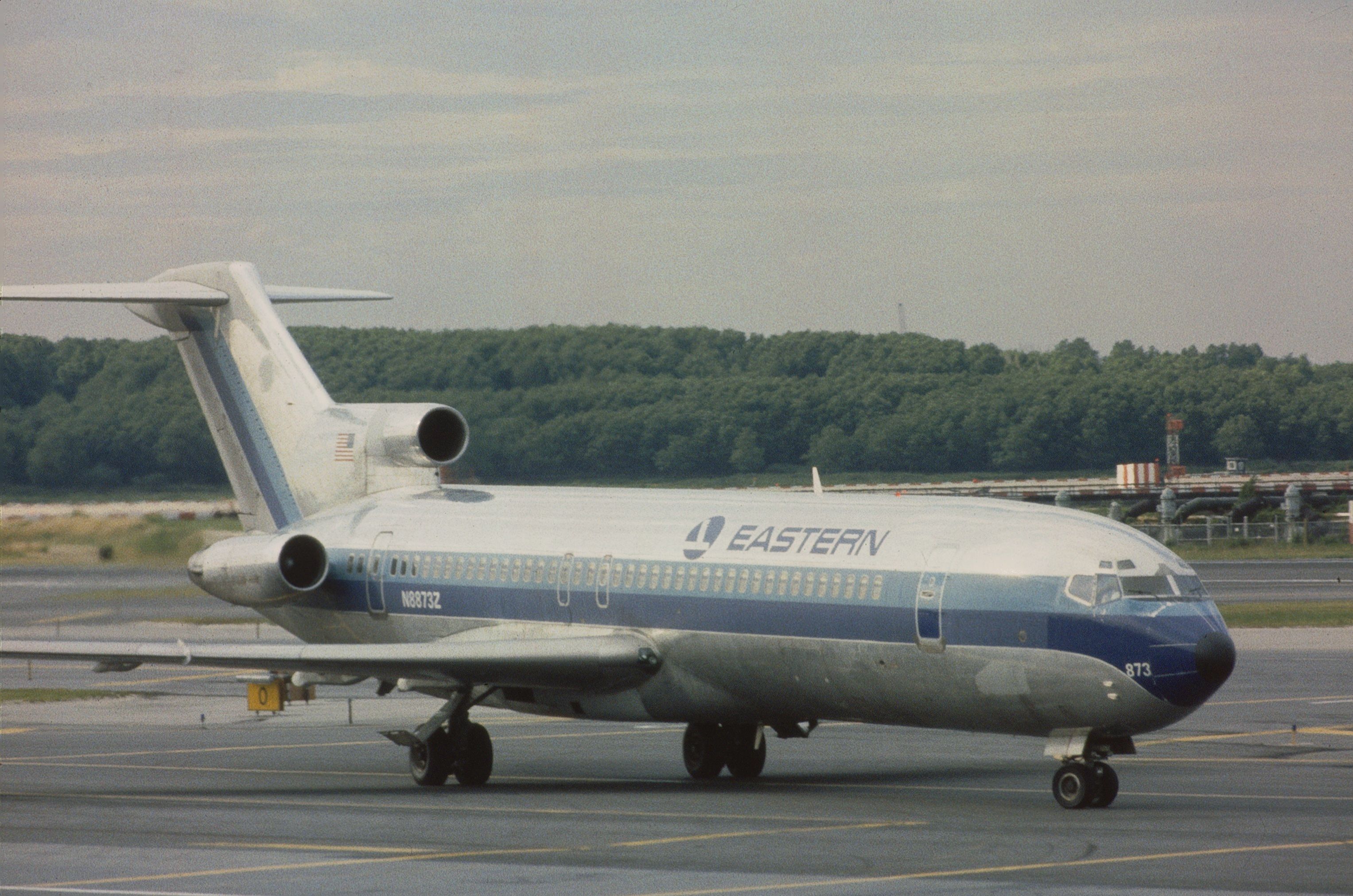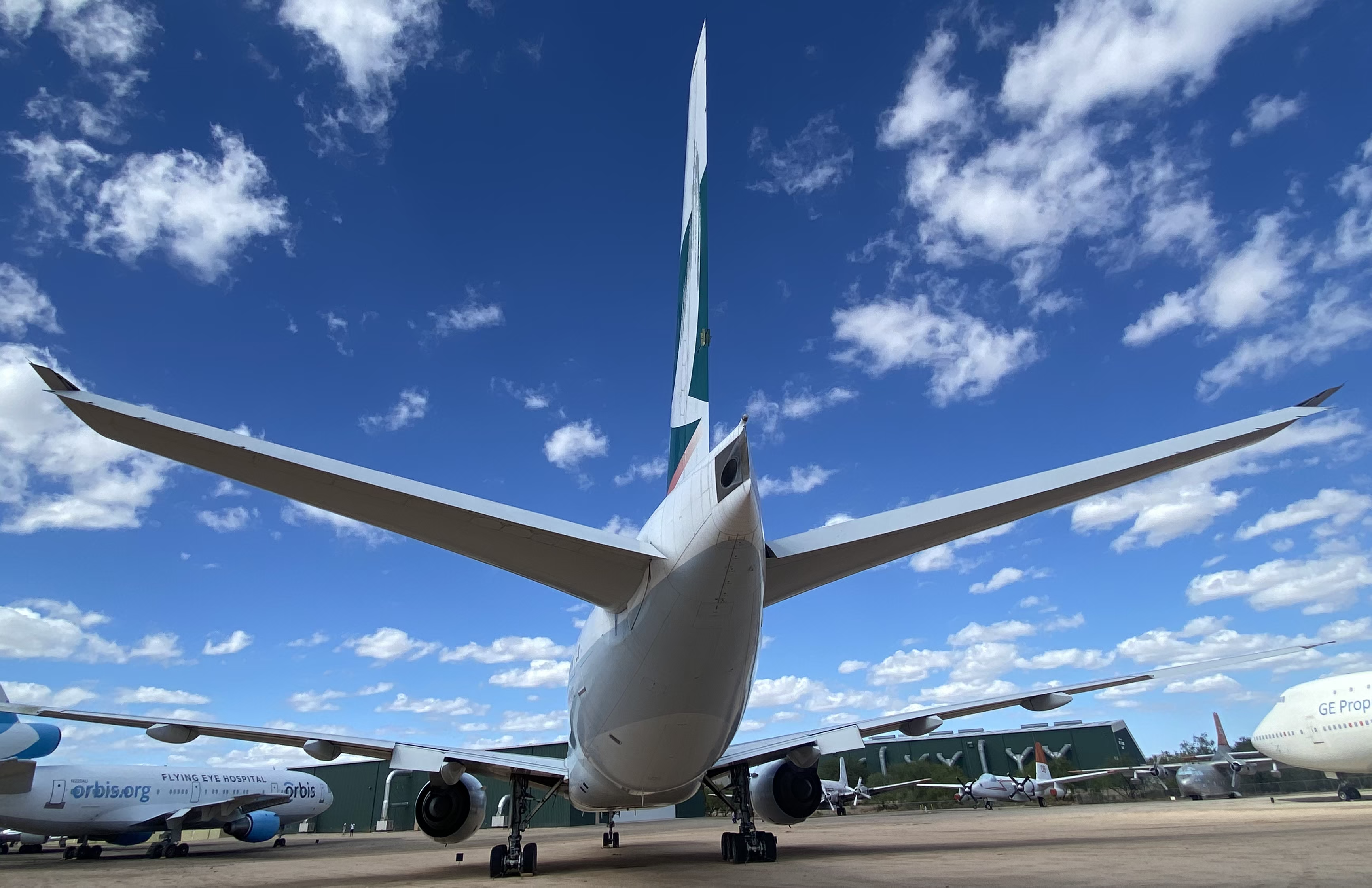Summary
- An Auxiliary Power Unit (APU) is a small turbine engine that provides power to essential functions on an aircraft when the main engines are switched off.
- APUs became common in the 1960s, with Boeing introducing the first APU for a commercial jetliner in the Boeing 727.
- APUs play a vital role in aircraft certification for Extended-range Twin-engine Operational Performance Standards (ETOPS) and are used for emergency power in case of engine failure.
An Auxiliary Power Unit (APU) is the device that powers most aircraft functions when the plane is on the ground. From cabin lights to avionics onboard, APUs have become essential for modern jets. Their use started early in the jet age, with Boeing and its 727 trijet development.
What is the APU?
Before digging into the origins of the Auxiliary Power Unit, it might be good to understand it first. An APU is a small turbine engine that, on modern jets, is attached to an aircraft's rear fuselage to provide power onboard when the main engines are switched off.
They are mainly used when the aircraft is parked on the ground, allowing airlines to keep their fuel-consuming engines switched off as ground tasks are completed. The APU will power critical functions like cockpit displays and radios, as well as passenger comforts like air conditioning, heating, lights, and galley equipment.
If you've ever wondered what the opening at the end of the fuselage is, you were likely looking at the exhaust for the APU. Air from the engine is removed constantly as it generates power for the aircraft.
Stay informed: Sign up for our daily and weekly aviation news digests.
The first APU
APUs became common in the 1960s, with Boeing including the first commercial APU for a jetliner in the Boeing 727 in 1963. While the technology had existed in military planes as early as World War 1, their move to commercial flying came as flying became more popular. APUs were not fitted as standard in any of the jets that came before the 727, including the Boeing 707 (although some after were later provided with them). They would rely on ground power at airports instead.
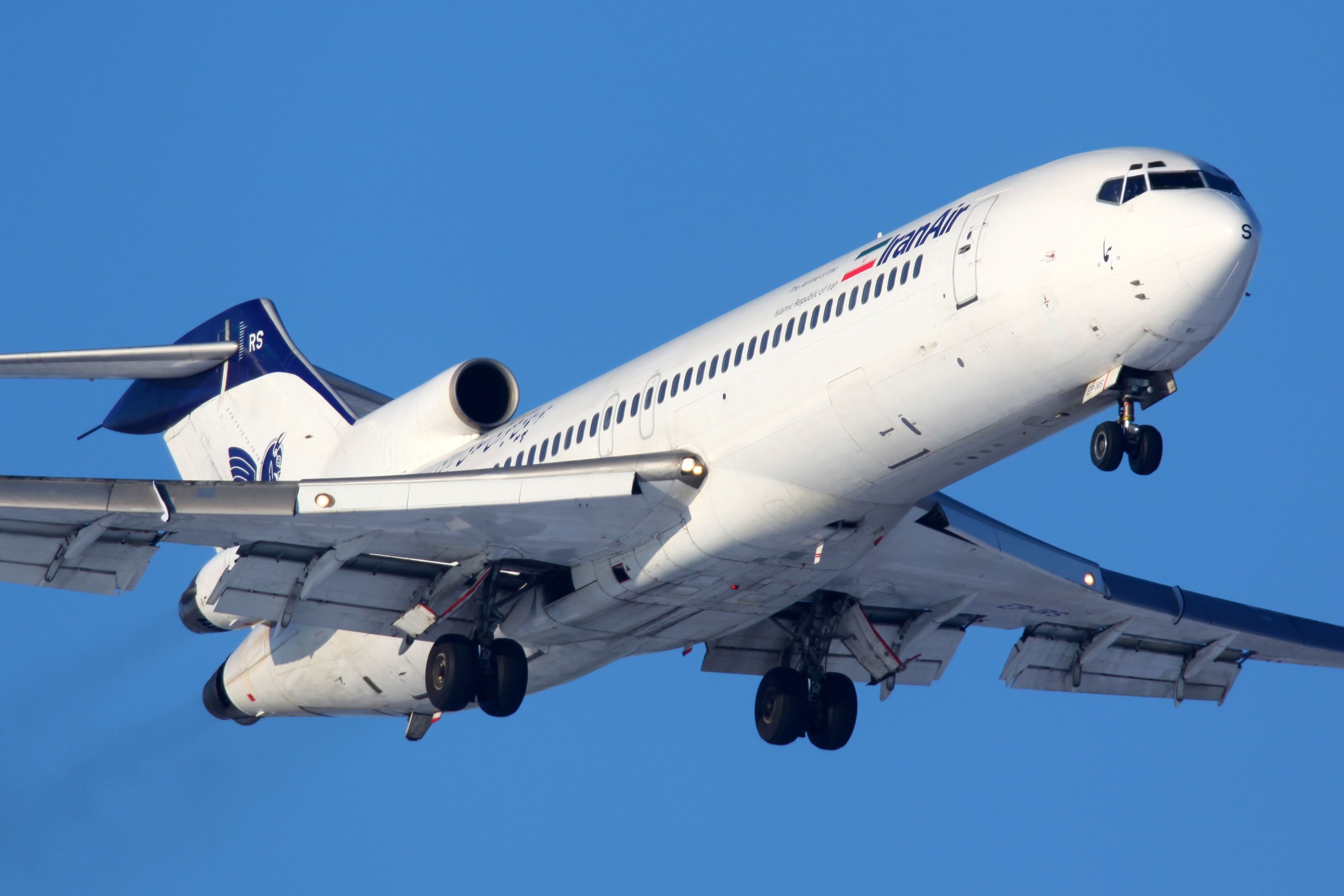
The Story Of The Boeing 727's Development
The aircraft proved popular with airlines worldwide, with more than 1,800 examples produced.The APU on the Boeing 727 and later
Unusually, the APU on a 727 is not in the rear of the aircraft. It's instead in the wheel well with the exhaust on the right wing. It is unclear whether this was an intentional design feature, possibly to avoid additional weight in the tail, or whether the APU was added late. Since then, all aircraft have located the APU and exhaust in the tail cone. Confusingly, the Boeing 727 has a rear exhaust in the tail, much like later aircraft. However, this is an engine exhaust, and it is not used for the APU - with its exhaust located near the root of the right wing (hard to see).
The presence of an APU in the 727 allowed airlines to avoid reliance on ground power at smaller airports. The turbine came to be included in all subsequent Boeing aircraft, including the Boeing 737 and Boeing 747 families. Since then, all modern jets and even some turboprops have come with their own APUs.
However, APUs aren't all good news. The turbines tend to be extremely loud, especially when used to heat or cool planes, which can annoy those nearby. This is why airlines now rely on Ground Power Units (GPUs) at major airports to meet noise pollution limits. Indeed, some airports have restricted APU usage at night to soothe local communities.
Emergency power
APUs also play a vital role in an aircraft's certification for ETOPS. Since manufacturers must prove they can divert to a nearby airport with only one engine, the APU is activated inflight to maintain power if one engine fails. This ensures that engine load is reduced as the crew prepares to land.
Want answers to more key questions in aviation? Check out the rest of our guides here.
Crews will generally switch off the APU when taking off and reignite it while cruising for emergency use. If you've been grateful for cheaper tickets, longer nonstop flights, and a cool cabin when you walk onboard, the APU is to thank in many cases.
Feel free to discuss more about the history, development, and modern use of the APU in the comments section below.

